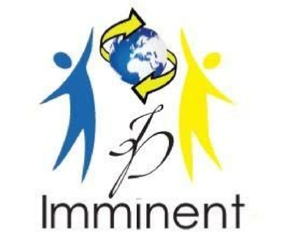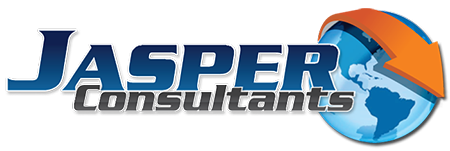





Preparing a Resume
A resume is a one or two page summary of your skills, accomplishments, experiences, and education designed to capture a prospective employer’s interest.
The purpose of a resume is to secure an interview. Make your resume as reader-
It’s good to keep your resume to one page if possible, but if you have a lot of experience, two pages may be more appropriate, but don’t go beyond two pages with your resume.
Building an Effective Resume
Before you can write an effective resume, you must first be able to identify your skills and abilities as well as your special needs relating to the work environment, salary, geographic location, and people environment.
As you organize your resume, keep in mind the needs of the employer and whom will be reading it. Consider what they prospective employer is looking for in a candidate and make it easy for the reader to pick out those skills by selecting appropriate categories, using underlining, boldfacing or capitalizing and presenting relevant experience and skill areas higher on the page..
Keep in mind the following suggestions as you begin developing your resume:
• Sell yourself and try to show your positive character in the document. Think in terms of accomplishments when preparing your resume. Accomplishments are so much more meaningful to prospective employers than run-
• Use active language and be positive at all times and do not use personal pronouns (I, my, me) in a resume.
• Make sure all information can be verified if necessary.
• Be consistent, with the appearance of your resume. Choose a pattern of spacing, an order of information presentation or a format of highlighting and be consistent throughout.
• Present information in reverse chronological order within categories, list education and work experiences starting with the most recent first.
• Check for grammar, misspellings and poorly constructed sentences as they will communicate negative impressions about a candidate.
• Do not include your height, weight, age, place of birth, marital status, sex, ethnicity/race, health, reasons for leaving previous job(s), names of former supervisors, specific street addresses or phone numbers of former employers, picture of yourself, salary information or any information that could be perceived as controversial, such as religion, church affiliations, or political affiliation.
Be Sure To Make Your Resume Unique
Feel free to develop your own categories to highlight your special relevant experiences and skills. Examples: Business Experience, Engineering Experience, Human Services Experience, Sales Experience, etc.
There is no absolute correct way to organize your resume. Creativity is encouraged but without moving to far from the conventional format. Many jobseekers use Microsoft Word resume templates and wizards, there’s nothing wrong with them, but your resume won’t look distinctive if you use one and you obviously don’t want your resume to look like everyone else’s, do you?
The following are descriptions of the basic categories of the standard resume:
Objective or Profile:
The objective is one of the most important parts of a resume and should not be overlooked. Give your resume as sharp a focus as possible, given that employers screen resumes for between 2.5 and 20 seconds. Find ways to show the employer at a glance what you want to do and what you’re good at.
Inform employers that you are moving in a certain direction. The profile should serve as a focal point from which to review and analyse your resume. It should be brief, clearly stated, and consistent with the accomplishments and demonstrated skills as documented on your resume.
Education:
This category is particularly important if you have not had a great deal of work experience. Remember, your most recent educational experience should be listed first. Include your degree, major, institution(s) attended, date of graduation, minors or concentrations, and any special workshops, seminars, related coursework or senior projects.
Sports:
List sports participation and achievements, many employers specifically seek out athletes because of their drive and competitiveness, as well as teamwork and leadership skills.
Work Experience:
It is important to emphasize your abilities and accomplishments more than past duties. You may also want to indicate how well you performed. This will help infuse personal qualities such as character and personality into your resume.
The important point to the employer is what your skills are and what you can do on the job. Be sure to include all significant work experience in reverse chronological order. You should include:
(1) The title of your position,
(2) Name of organization,
(3) Location of work (town, state), and
(4) Dates (ex. Summer 1994; 1994-
You should describe your work responsibilities with an emphasis on achievements using action words to communicate your skills. List the most important and related responsibilities first.
Additional Information
This category is useful for displaying information that doesn’t fit in any other category. Although Interests, Computer Knowledge, and Activities can be separate categories, especially if they are very strong, they can be listed here as well. Languages spoken, or any extra, relevant bit of information can be placed here as well such as sports and achievements.
References:
Be sure to ask individuals if they would be willing to be a reference for you prior to mentioning their names to prospective employers. Names of individuals are not usually listed on the resume (unless there is space available at the end), but you should prepare a typed list of three references to provide at the interview. This list should include name, title, employer, address, business and home telephone number. You may also state at the bottom of your resume “References furnished upon request.”
